According to Sparrowsnews , the key to innovation in the iPhone 16 lies in a new material that promises to revolutionize the way printed circuit boards (PCBs) are manufactured, providing a range of benefits that could reshape the future of smartphones.
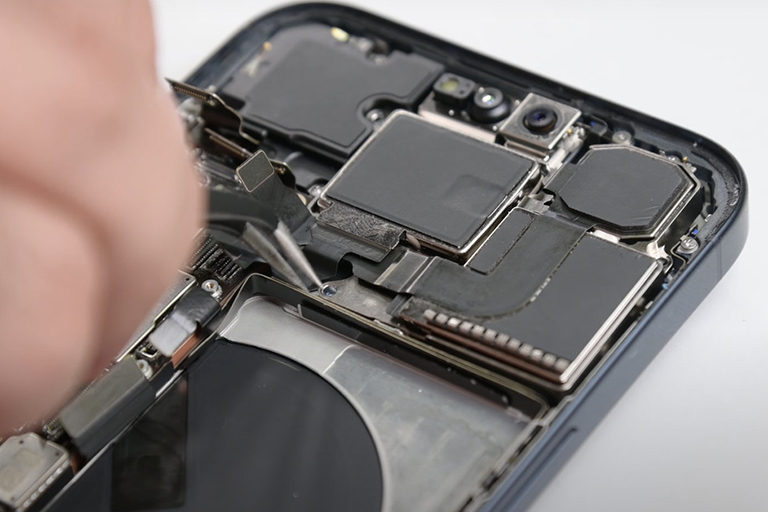
PCB design changes are a turning point for the iPhone 16 series
The key to this development revolves around the use of resin-coated copper foil (RCC) as a new circuit board material. This switch promises to make PCBs thinner, thereby freeing up valuable space inside devices like iPhones and smartwatches. The implications of this are huge, as the new space can accommodate larger batteries or other essential components, ultimately improving the overall user experience.
In addition to its thinness, RCC has several advantages over its predecessors. One notable benefit is its improved dielectric properties, which allow for seamless high-frequency signal transmission and faster digital signal processing on the circuit board. Furthermore, RCC’s flatter surface allows for more intricate and detailed designs, underscoring Apple’s commitment to precision engineering.
Apple is also taking an innovative approach to chip manufacturing with the iPhone 16 series. According to reliable sources, the company is willing to reduce manufacturing costs by using a separate process for the A17 chip, which will power the iPhone 16 and 16 Plus. While the A17 Pro found in the iPhone 15 Pro is manufactured on TSMC's N3B process, the A17 found in the iPhone 16 series will use the more cost-effective N3E process.
Apple’s vision for the iPhone 16 series represents a significant leap forward in smartphone innovation. The incorporation of RCC adhesive-based copper foil for PCBs and strategic adjustments to the chip manufacturing process underscore Apple’s relentless pursuit of excellence. These advancements promise to reshape the smartphone landscape, providing users with a more efficient and enhanced mobile experience.
Source link




![[Photo] "Beauties" participate in the parade rehearsal at Bien Hoa airport](https://vstatic.vietnam.vn/vietnam/resource/IMAGE/2025/4/11/155502af3384431e918de0e2e585d13a)
![[Photo] Looking back at the impressive moments of the Vietnamese rescue team in Myanmar](https://vstatic.vietnam.vn/vietnam/resource/IMAGE/2025/4/11/5623ca902a934e19b604c718265249d0)


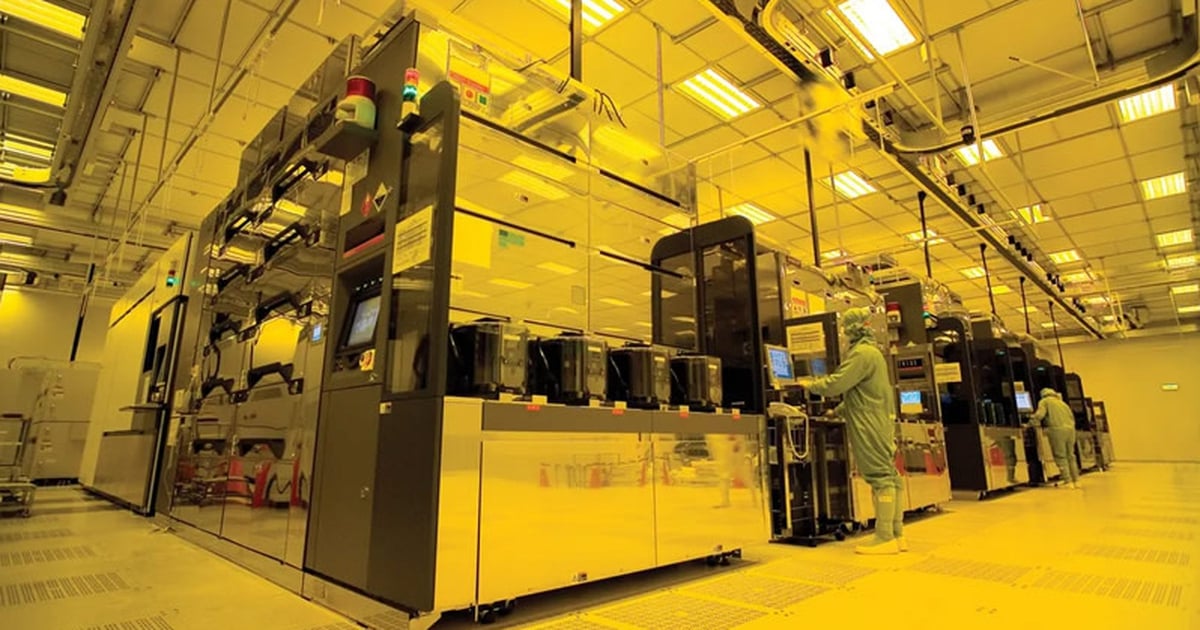











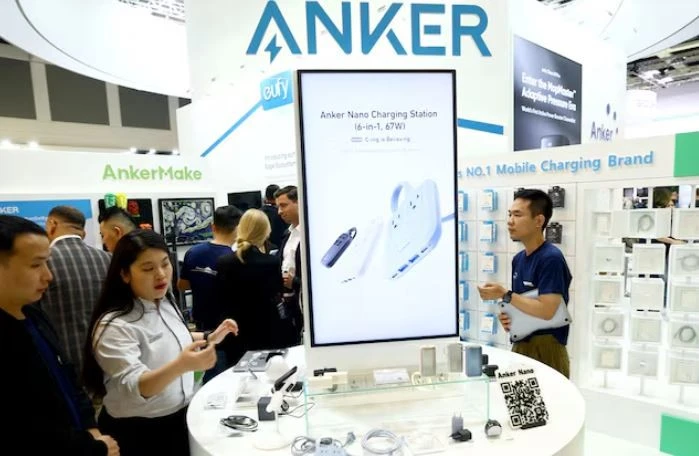
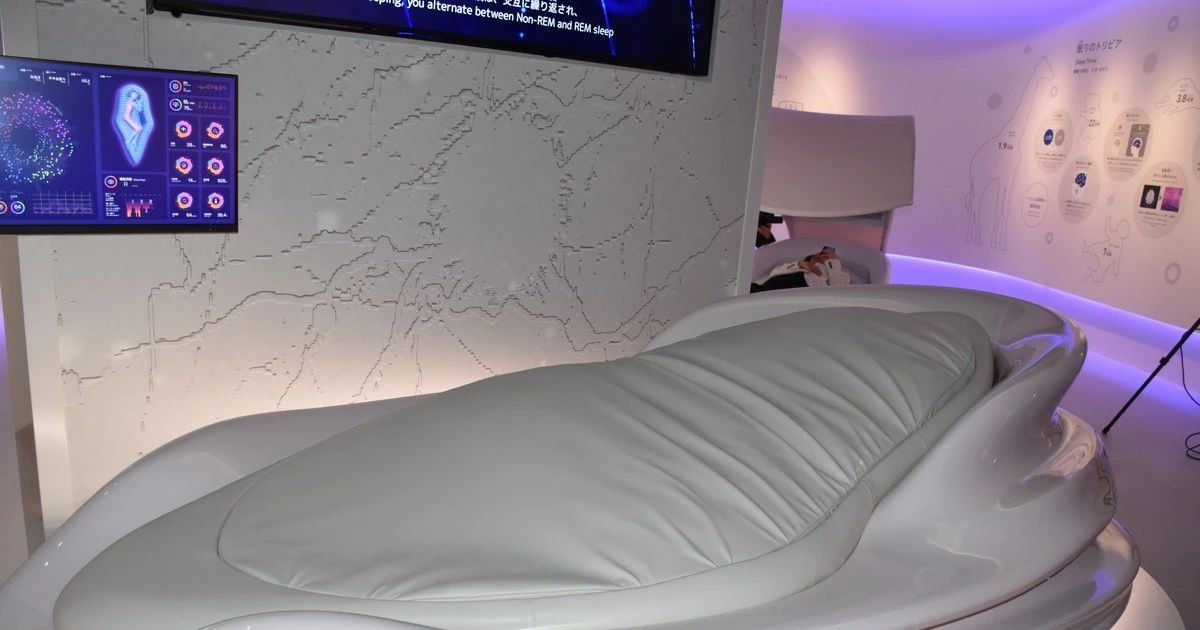

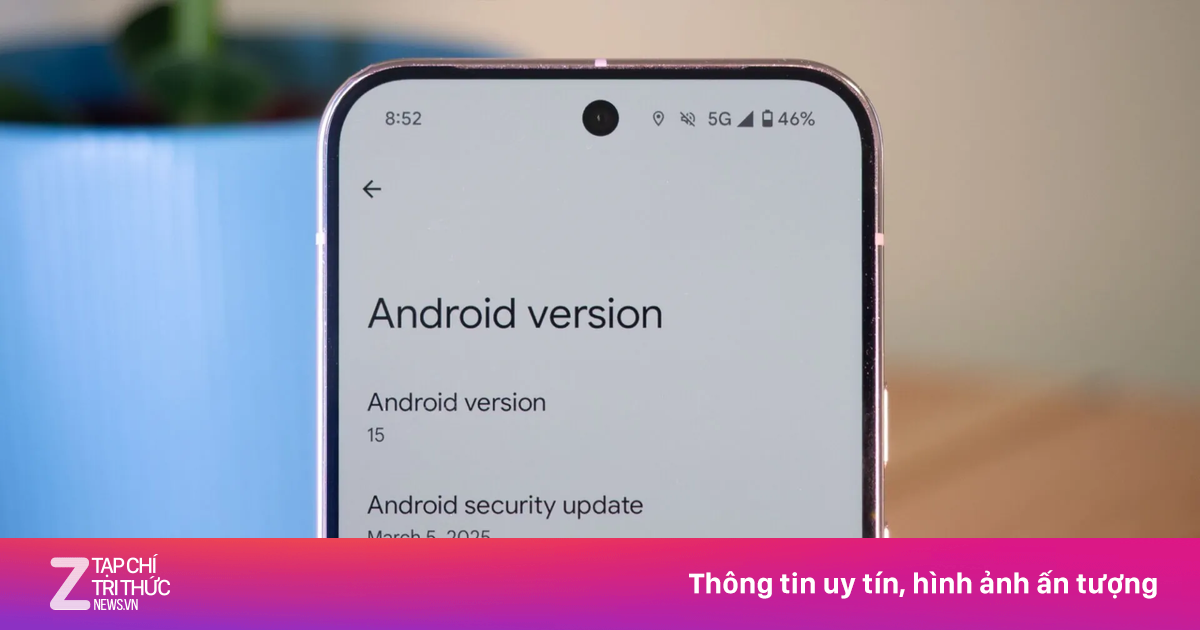
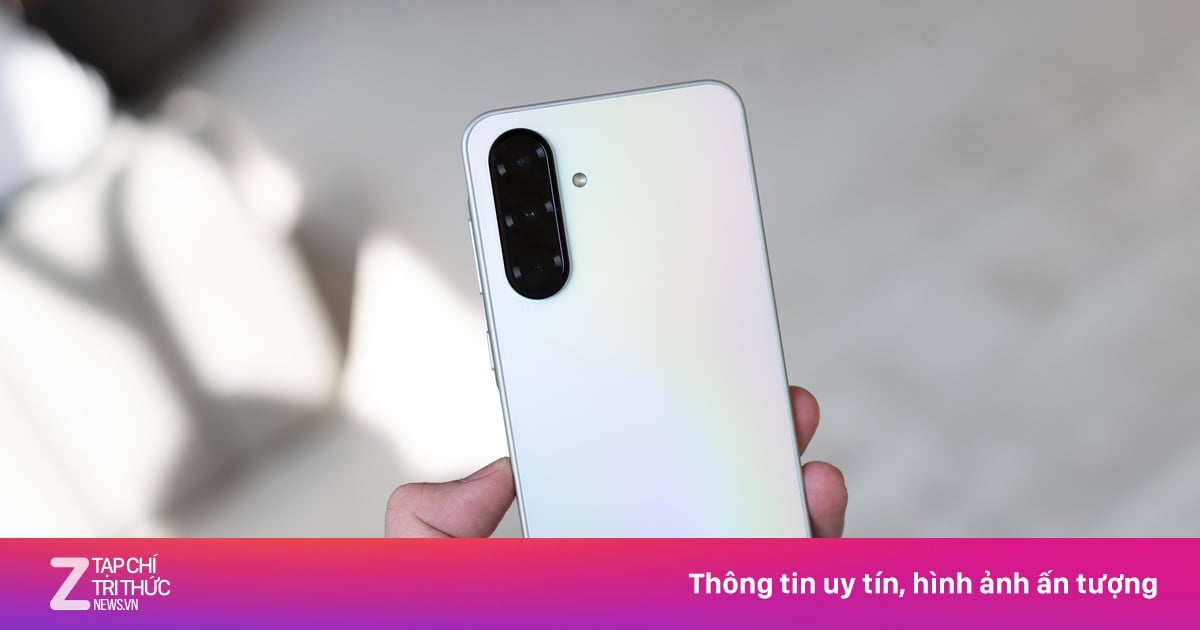








![[Photo] Summary of parade practice in preparation for the April 30th celebration](https://vstatic.vietnam.vn/vietnam/resource/IMAGE/2025/4/11/78cfee0f2cc045b387ff1a4362b5950f)



























































Comment (0)